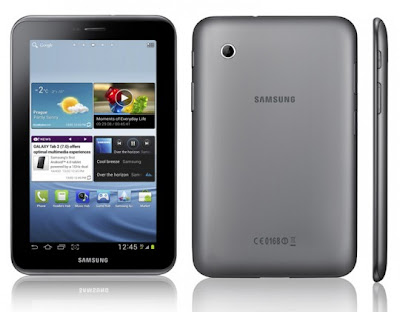 As OS is concern, Gingerbread
isn’t the latest version of Android, with 4.0 (Ice Cream Sandwich) taking hold
on flagship smartphones and 4.1 (Jelly Bean), though it’s the most commonly
supported. Nikon isn’t that clear on whether it may upgrade to one of Android’s
newer versions operating system, which enables users to use Chrome web browser.
Most current apps are compatible on Android 2.3 OS.
As OS is concern, Gingerbread
isn’t the latest version of Android, with 4.0 (Ice Cream Sandwich) taking hold
on flagship smartphones and 4.1 (Jelly Bean), though it’s the most commonly
supported. Nikon isn’t that clear on whether it may upgrade to one of Android’s
newer versions operating system, which enables users to use Chrome web browser.
Most current apps are compatible on Android 2.3 OS. A Professional-grade DLSR Camera the Canon EOS 1D X
A new flagship on the Canon’s professional line of DSLR’s the Canon EOS 1D X, a full-frame CMOS sensor image, autofocus beefed-up capabilities and sporting shooting speed improved. With the prior 1D-series models, 1D X merges its portrait and landscape grips, with all manual control that a professional need, and with a durable design.

Samsung Galaxy 10.1 not the Tab but a Note
Then next in line for Samsung Galaxy Note series the Galaxy Note 10.1, first released a monster pack Galaxy Note 5.3 inch screen with useful S-Pen Stylus. Samsung is now taking its step to a full blown phablet.

Price and performance counts on Galaxy Tabs (Samsung Galaxy Tab 2 7.0)
As we know and it’s no doubt that iPad still reigns and been undisputed as supreme on the tablet market. When we talk about Samsung considering as a valiant fighter in the Galaxy Tab family, it’s really impressive that they had created the Samsung Galaxy Tab 2 10.1 and together with its smaller siblings as an eye-catcher in the tablet arena. With the 7 inch version has shown portability but do you think that it could rein supremacy?

One Series has an X (HTC Desire)
A bit uninspired on a mid-range HTC smartphone, though it’s a budget handset and a top-end creation for a nice to use phone. Nothing “super” to it as HTC admits.

Why you need to love Futjitsu Lifebook (U772) Ultraslim?
Introducing to you a new phase on the Utrabook from Fujitsu, the Futjitsu Lifebook U772. Lifebook has a great value to the latest mobile computing that doesn’t compromise technology plus its power and connectivity that would possibly support mobile working all-day, with impressive and stylus design. Fujitsu announced not just an additional of an Ultrabook to its Lifebook line thus it’s the industry’s first 4G/LTE enabled Utrabook.

First ever Android-powered camera the Coolpix S800c by Nikon
 As OS is concern, Gingerbread
isn’t the latest version of Android, with 4.0 (Ice Cream Sandwich) taking hold
on flagship smartphones and 4.1 (Jelly Bean), though it’s the most commonly
supported. Nikon isn’t that clear on whether it may upgrade to one of Android’s
newer versions operating system, which enables users to use Chrome web browser.
Most current apps are compatible on Android 2.3 OS.
As OS is concern, Gingerbread
isn’t the latest version of Android, with 4.0 (Ice Cream Sandwich) taking hold
on flagship smartphones and 4.1 (Jelly Bean), though it’s the most commonly
supported. Nikon isn’t that clear on whether it may upgrade to one of Android’s
newer versions operating system, which enables users to use Chrome web browser.
Most current apps are compatible on Android 2.3 OS.  4:51 AM
4:51 AM








































